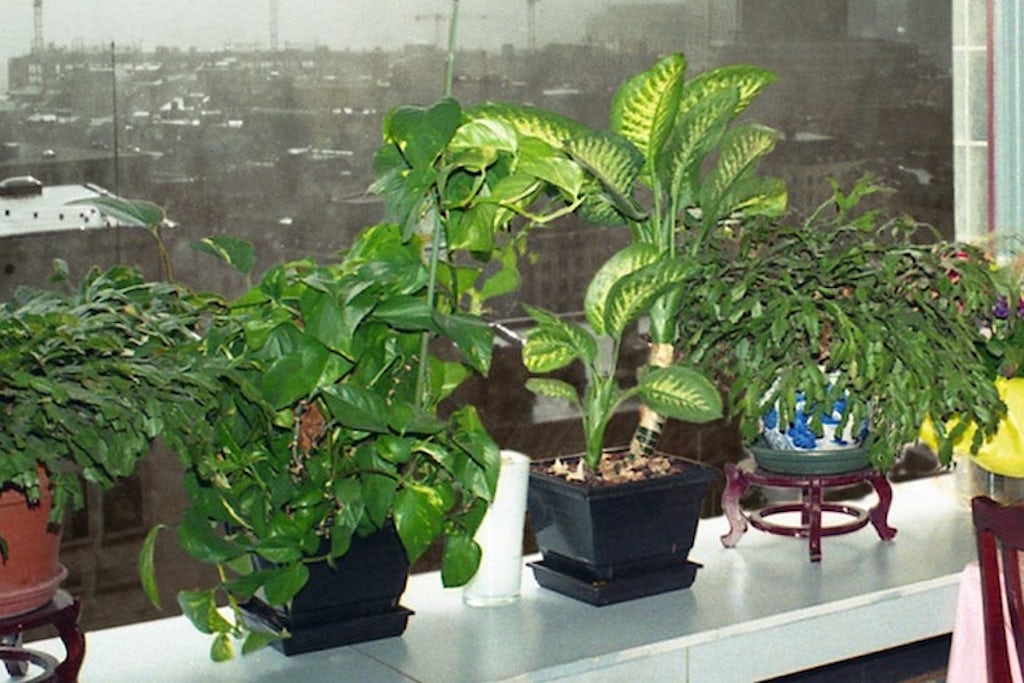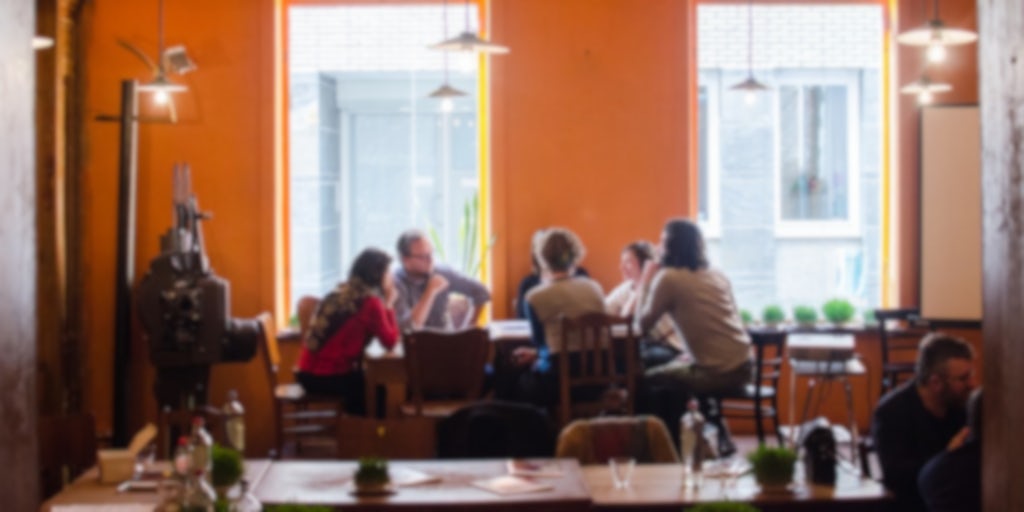
Personal statement on the international #1: Starting from hyperlocalities

To complement the research and reflection done in this trajectory we hosted inspiration sessions to discuss the alternative and sustainable ways of working internationally in the arts. Visual artists Phillip Van den Bossche (Director and curator Mu.ZEE), artist Kris Verdonck, Ils Huygens (curator Z33) and Simon Delobel (trampoline Gallery) presented their cases and shared their experiences. To conclude, we asked them to write down a personal statement.
The significance and evolution of meaning in art is an open and dynamic process, but it is constrained within institutional value frameworks that are determined internationally and primarily by the West. Most museums collect works of art and study them based on the established (Western) canon of art theory and exhibit them on the basis of that knowledge. The Mu.ZEE collection primarily comprises Belgian art from 1850 to the present day, and we have chosen to break open those frameworks by way of working with and around the concept of ‘interpretation’. Today, it is a challenge to bring art objects into relation with both professionals and larger audiences with diverse backgrounds, from whom highly divergent narratives and perspectives develop, which have to be connected with one another, brought into context and interpreted anew. Those diverse narratives and perspectives can be found both here, in our own local environment, and in other countries. We need to step back from the international bubble of kindred minds who share those fixed value frameworks around the world, and instead set out from specifically local contexts, both in Ostend and in other countries where the artists or curators with whom we work are based. I call these ‘hyper-localities’. We are not tossing aside the vertical knowledge of our museum and its collection (Belgian art from the 19th, 20th and 21st centuries, with its specific history and environment of Ostend, Flanders): from the specificity of the collection and its context, we are opening our doors to a broad world of social issues and hyper-diversity of cultural frames of reference. In order to realize these diverse interactions with the collection, Mu.ZEE primarily works with a range of partners, including artists, communities, universities and schools.
The history of the collection is also connected to the colonial past. Every collection is ideologically determined and developed. How does a museum of modern and contemporary Belgian art deal with that? At Mu.ZEE, in collaboration with the Universities of Ghent and Florida, Gainesville, for example, we are working with the archives of Papa Mfumu’eto 1er, a Congolese artist. We produced new work by Sammy Baloji, who lives and works in Brussels and Lumumbashi, for Documenta 14 in Athens. We ask ourselves what our collection could mean in Congo. Museums and (art) collections are in fact Western concepts from the 18th century. In other cultures, how do people think about collections, and what does the confrontation with our understanding of collecting mean in exhibitions? These are questions raised in the exhibition, A Conversation between Collections from Kinshasa and Ostend. We have also visited the Congolese community in Ostend in order to ask how they look at art and collections from both Flanders and Congo.
In 2016, I began working with the Belgian artist Eric Van Hove, who lives and works in Marrakech, and who shares his studio with ten local craftsmen who produce their own work there, as well as working with Van Hove on his works of art. One of the most extensive projects is Mahjouba, an electric motoped consisting of both crafted and 3D-printed parts. Mu.ZEE is also a partner in an international think tank centred around Van Hove’s studio, focusing on such issues as ‘art and the crafts’, ecology and sustainability, and the reframing of economic transactions between South and North, East and West.
Connecting art objects and people in search of diverse narratives based on various localities requires time, engagement and depth. For this reason, our exhibitions last for longer periods of time.
Despite our focus on the local, our ecological footprint is nonetheless considerable, because we want to connect localities in different countries and continents. Moreover, it is not self-evident for a museum to follow a different path than that pursued by the professional art networks, which operate globally. Government too expects a classic trajectory of internationalization that envisions putting the museum and its collection on the world map.






